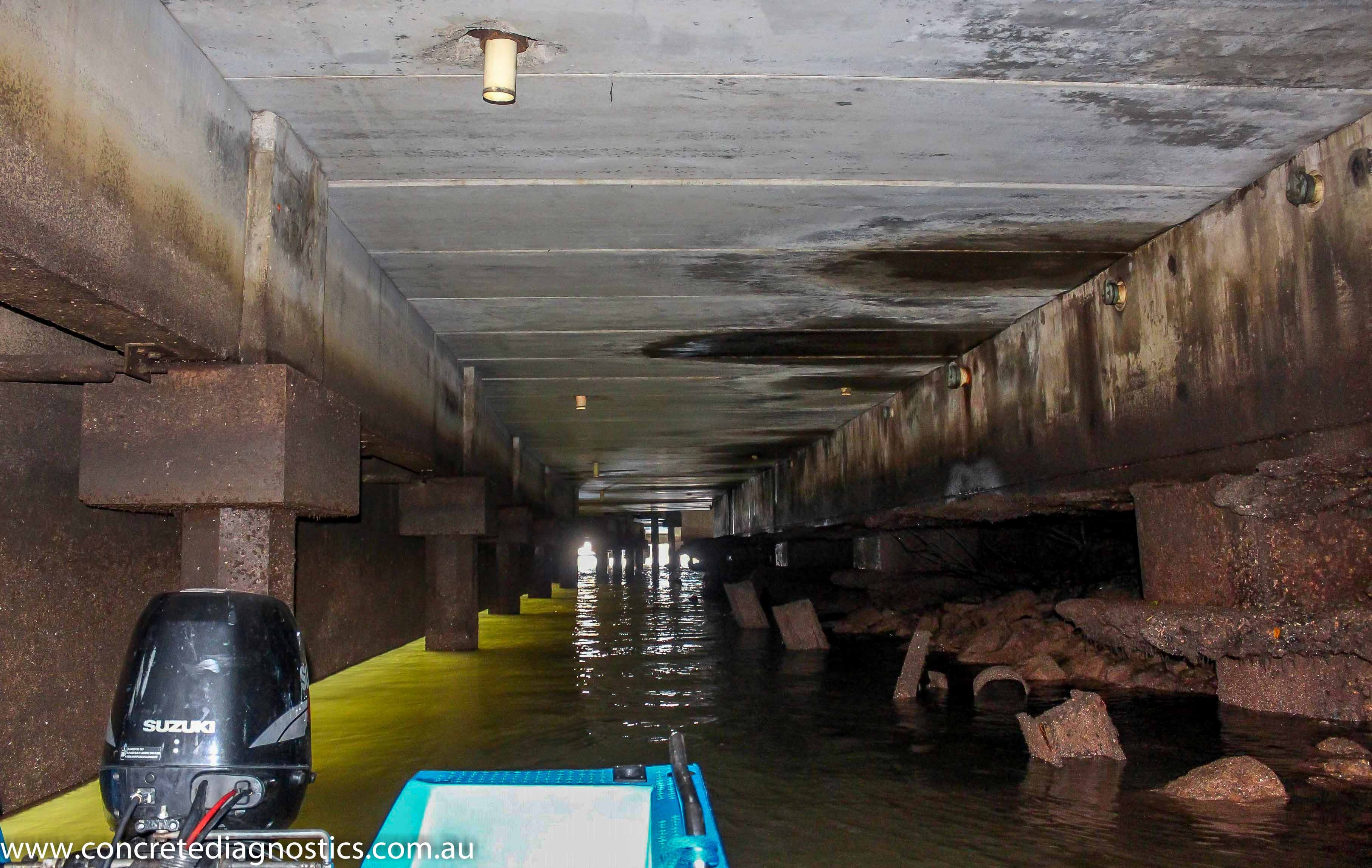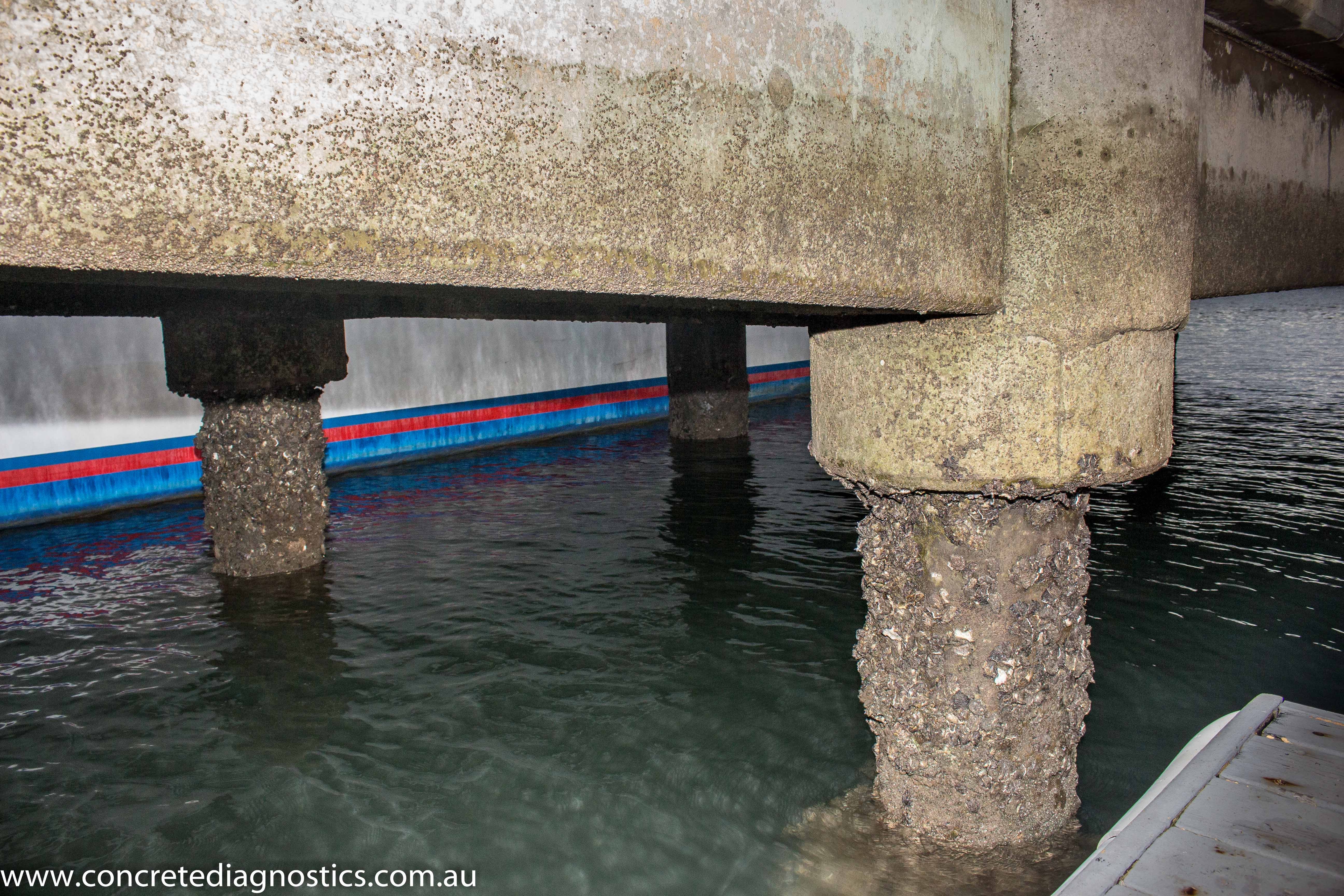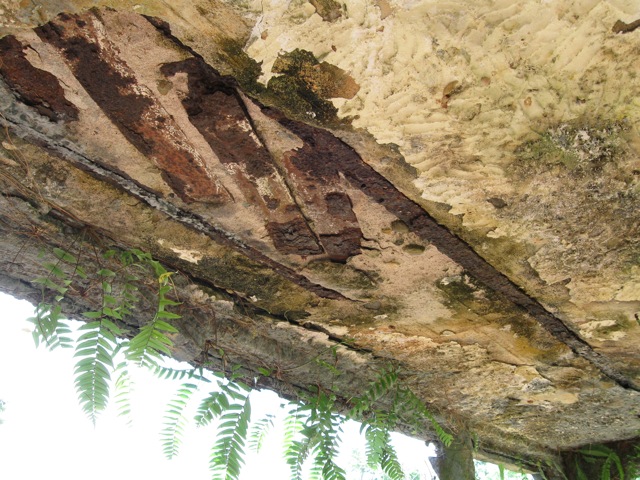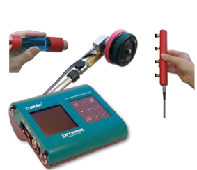
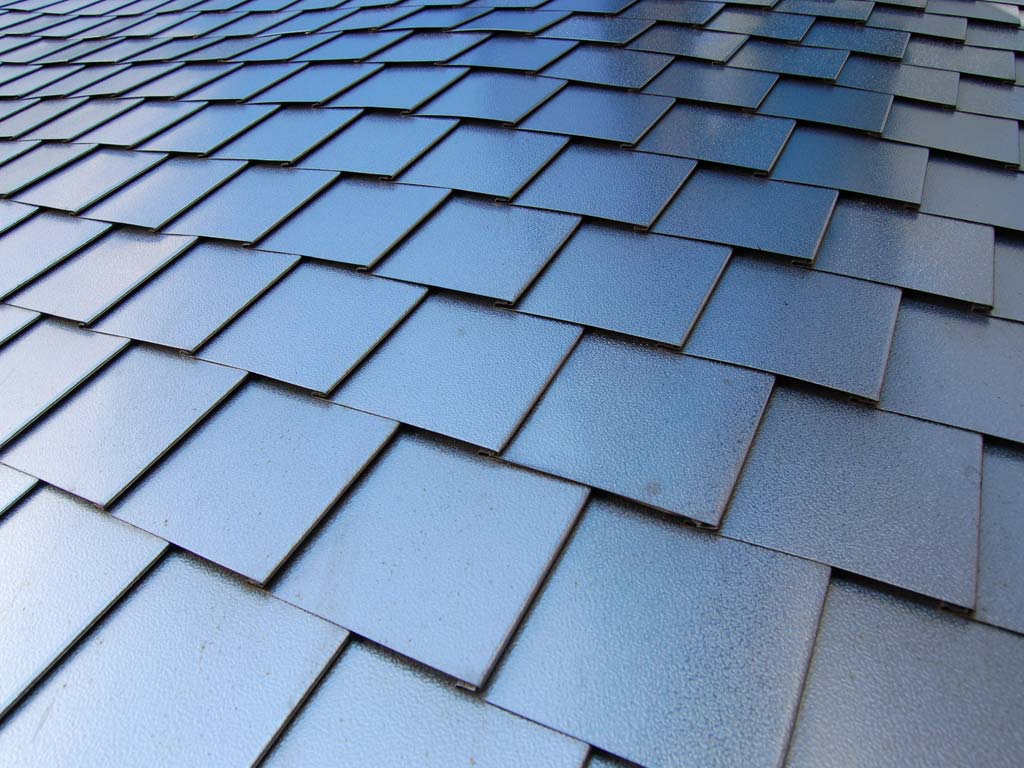



Corrosion Potential - A copper/copper sulphate electrode allows a snap shot of the corrosion potential of reinforcement within the concrete. This is ideal to locate problem "hot spots" within concrete that may show no visible signs of corrosion.
Concrete Resistivity - Corrosion rate of the reinforcement is inversely proportional to the concrete's resistivity.
That is, the higher the concrete resistivity the lower the corrosion rate.
It is important to consider both the corrosion potential and concrete resistivity when conducting a survey. As well as the chemical and mechanical properties of the concrete structure.
Pulse Velocity - This survey method is based on "time of flight" and can be used for void and honeycomb detection. It has also been used to assess the degree of concrete fire damage to concrete structures.



